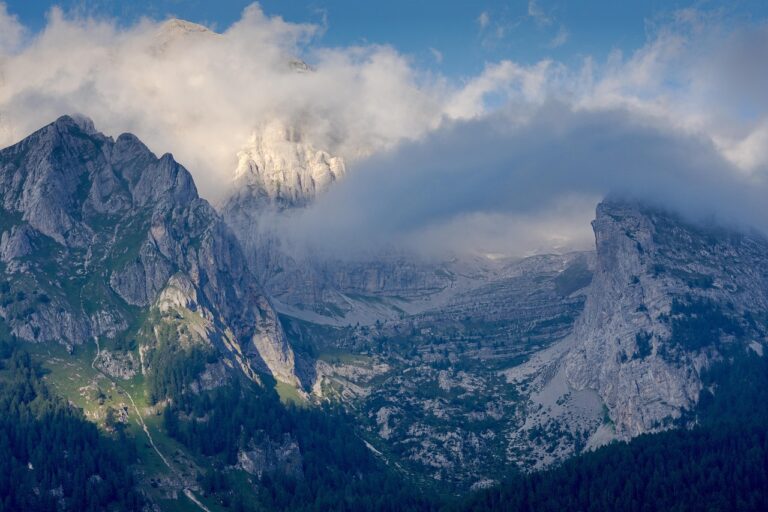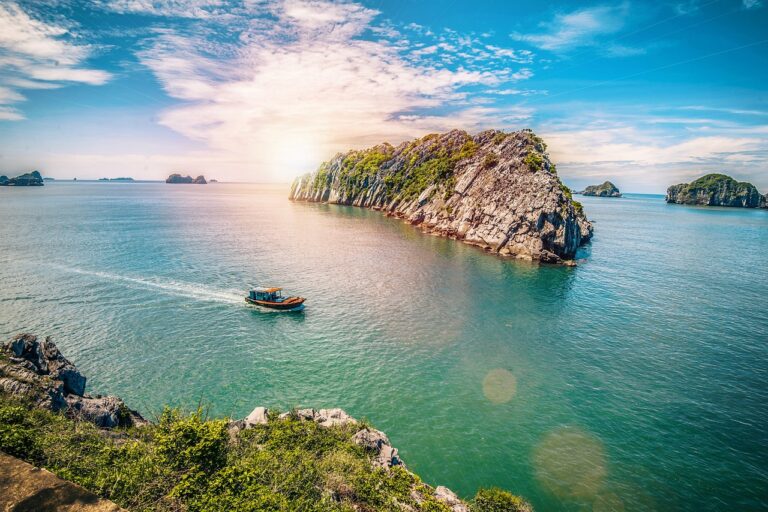Did People Travel the Entire Silk Road?
While many intrepid travelers ventured onto the Silk Road, few brave souls successfully traversed its entire expanse, braving the treacherous deserts, imposing mountain ranges, and labyrinthine cultural landscapes that stretched over 4,000 miles from China to the Mediterranean. Merchants, monks, and adventurers pushed onward, driven by the promise of lucrative trade, sacred wisdom, and untold riches. The allure of the Silk Road was irresistible, and those who followed in its footsteps were rewarded with unforgettable experiences. As you venture into the heart of the Silk Road, you'll uncover the secrets of a bygone era, where cultural exchange, spiritual quests, and treasure hunts await.
Merchants and Monks on the Move
Along the ancient Silk Road, caravans of merchants and monks traversed the vast expanse of Central Asia, braving treacherous mountain passes and scorching deserts in pursuit of lucrative trade and sacred wisdom. These intrepid travelers moved in tandem, exchanging goods and ideas as they navigated the arduous journey. Merchants sought precious spices, silks, and gemstones, while monks undertook quests for Buddhist scriptures and enlightenment. As they traversed the Silk Road, they established a network of trade routes, cultural exchange, and spiritual discovery that would shape the course of history. Their perseverance and entrepreneurial spirit forged lasting bonds between East and West, leaving an indelible mark on the ancient world.
The Perils of Desert Travel
As merchants and monks ventured further into the heart of Central Asia, they were met with the unforgiving vastness of the desert, where blistering heat, treacherous sandstorms, and scarce resources threatened to derail even the most seasoned traveler. The Taklamakan Desert, in particular, was notorious for its deadly oases, where travelers would be lured in by the promise of water only to find themselves trapped in a desolate wasteland. To survive, travelers had to be resourceful and adaptable, relying on their camel's endurance and the guidance of local tribes to navigate the treacherous terrain. Despite these perils, many pressed on, driven by the promise of trade and spiritual enlightenment at the end of the long and arduous journey.
Language Barriers and Cultural Hurdles
Traversing the Silk Road, merchants and travelers soon discovered that the vast expanse of desert terrain was only the beginning of their challenges, for they were also confronted with the formidable obstacles of language barriers and cultural differences that threatened to hinder their progress. As they ventured into unfamiliar territories, they encountered diverse languages, customs, and beliefs that often proved insurmountable. The Sogdian traders, for instance, spoke a language unintelligible to the Chinese, while the Buddhist monks from India struggled to communicate with the Zoroastrian priests of Persia. Additionally, cultural differences led to misunderstandings and conflicts, as seen in the clashes between the nomadic tribes of the steppes and the settled agricultural communities of the oases.
Following in the Footsteps
Despite the formidable language barriers and cultural hurdles, many intrepid travelers and merchants pushed onward, driven by an insatiable curiosity to venture into the unknown and uncover the secrets of the Silk Road. Their journeys took them through treacherous mountain passes, scorching deserts, and bustling marketplaces. Along the way, they encountered diverse cultures, exotic goods, and extraordinary landscapes. The allure of the Silk Road was irresistible, and those who followed in its footsteps were rewarded with unforgettable experiences.
- Witnessing the majestic beauty of the Tian Shan mountains
- Marveling at the intricate architecture of Samarkand's Registan Square
- Sampling the flavors of spices and teas in ancient caravanserais
- Hearing the whispers of history in the windswept dunes of the Gobi Desert
Ancient Records and Historical Accounts
Delving into the archives of history, ancient records and historical accounts provide a fascinating glimpse into the lives of Silk Road travelers, merchants, and monarchs. The writings of Chinese historians, such as Sima Qian and Ban Chao, offer valuable insights into the dynamics of the ancient trade route. Greek and Roman accounts, like those of Strabo and Pliny the Elder, illuminate the Western extremities of the Silk Road. Meanwhile, the journals of medieval travelers, such as Marco Polo and Ibn Battuta, provide firsthand testimony of the route's dangers and wonders. These accounts not only confirm the existence of the Silk Road but also reveal the complexities and diversity of the cultures that traversed it.
The Role of Imperial Ambassadors
Imperial ambassadors, entrusted with the weighty responsibility of facilitating diplomatic relations and trade agreements, played a pivotal role in fostering cooperation and exchange between the empires that spanned the Silk Road. These esteemed envoys traversed the vast expanse of the Silk Road, crossing treacherous landscapes and cultural divides to forge alliances and secure lucrative trade deals.
Some of their remarkable achievements include:
- Successfully negotiating peace treaties between warring nations, paving the way for unprecedented cultural exchange
- Introducing exotic goods and ideas to distant lands, enriching local economies and broadening intellectual horizons
- Documenting their journeys in meticulous detail, leaving behind a rich legacy of historical accounts and geographical knowledge
- Facilitating the transmission of innovative technologies, such as paper-making and silk production, across the ancient world
Buddhist Pilgrims on a Mission
As the Silk Road unfolded, Buddhist pilgrims set out on a sacred quest, traversing ancient routes in search of revered texts and spiritual enlightenment. These intrepid travelers ventured into the unknown, driven by a deep desire to uncover the wisdom of their faith. Their journeys, marked by perseverance and devotion, would leave an indelible mark on the cultural landscape of the Silk Road.
Ancient Routes Explored
During the 4th to 6th centuries, intrepid Buddhist pilgrims from China, driven by spiritual curiosity and a thirst for knowledge, ventured onto the ancient Silk Road, tracing the footsteps of their revered master, Buddha. These brave travelers were not deterred by the treacherous terrain, harsh climate, or bandits that lurked along the way. Instead, they were fueled by their desire to traverse the ancient routes that connected India, China, and Central Asia.
- They marveled at the majestic snow-capped peaks of the Tian Shan mountains
- They traversed the scorching hot deserts of Taklamakan
- They navigated the treacherous mountain passes of the Karakoram range
- They discovered hidden oases in the vast expanse of the Gobi Desert
Seeking Sacred Texts
Beyond the breathtaking landscapes and formidable challenges, these Buddhist pilgrims were driven by a more profound quest: to retrieve sacred texts that would illuminate their understanding of Buddha's teachings and bring them closer to enlightenment. They traversed the Silk Road, braving treacherous mountain passes and scorching deserts, to reach the revered monasteries and libraries of India, Nepal, and Tibet. Their mission was to collect and translate ancient scriptures, such as the Prajnaparamita Sutras and the Mahayana Sutras, which held the secrets of Buddha's wisdom. These texts would become the foundation of Buddhist philosophy, guiding generations of practitioners on their own paths to enlightenment.
Spiritual Journeys Undertaken
With worn leather sandals and weathered scrolls in hand, these intrepid Buddhist pilgrims embarked on perilous journeys across the Silk Road, driven by an unwavering dedication to retrieve ancient texts and unlock the secrets of Buddha's wisdom. Their spiritual quests took them through treacherous mountain passes, scorching deserts, and bustling marketplaces. Along the way, they faced numerous challenges, from bandits and wild beasts to harsh weather conditions and disease.
- The weight of their mission bore down on them, as they traversed the vast expanse of the Silk Road, driven by an unrelenting passion for knowledge and enlightenment.
- They risked everything to retrieve sacred texts, often hidden away in remote monasteries and temples.
- Their journeys were marked by moments of profound insight, as they encountered wise sages and mysterious hermits.
- Through their travels, they forged a deep connection with the land, its people, and the ancient wisdom they sought to uncover.
Treasure Hunters and Adventurers
Frequently, the allure of hidden riches and uncharted territories drew treasure hunters and adventurers to the Silk Road, a magnet of possibility in the vast expanse of the ancient world. These intrepid travelers were driven by a desire to uncover the secrets of the East, to claim untold wealth, and to etch their names into the annals of history. Some sought the fabled cities of gold, while others pursued rumors of ancient artifacts and mysterious relics. Whatever their motivations, these treasure hunters and adventurers added a layer of excitement and danger to the already vibrant tapestry of Silk Road travel, leaving behind a legacy of daring exploits and untold riches.
The Silk Road's Most Daring Explorers
Among the ranks of treasure hunters and adventurers who traversed the Silk Road, a select few stood out for their unwavering courage, unrelenting curiosity, and unshakeable determination to push beyond the boundaries of the known world. These daring explorers left an indelible mark on history, inspiring generations to come. Their stories of bravery, perseverance, and discovery continue to fascinate us to this day.
- Marco Polo, the Venetian merchant who chronicled his epic journey to the court of Kublai Khan
- Xuanzang, the Buddhist monk who traversed the treacherous deserts and mountain ranges to bring sacred texts to China
- Ibn Battuta, the Moroccan scholar who traveled over 75,000 miles, documenting his encounters with diverse cultures and civilizations
- Zheng He, the Chinese admiral who commanded a fleet of treasure ships, forging diplomatic ties and facilitating trade across the Indian Ocean
Uncovering the Secrets of the Past
Beyond the dusty trails and forgotten ruins, archaeologists and historians have painstakingly pieced together the remnants of a bygone era, gradually unraveling the mysteries of the Silk Road's ancient civilizations. Through meticulous excavations and thorough analyses, they have uncovered clues that illuminate the daily lives, cultural practices, and trading traditions of the people who traversed this iconic route. From ancient pottery and coins to crumbling temples and forgotten cities, each discovery has contributed to a richer understanding of the Silk Road's significance. By deciphering the secrets of the past, researchers have been able to reconstruct the vibrant tapestry of cultures that once flourished along this legendary highway, revealing the complexities and wonders of a bygone era.



